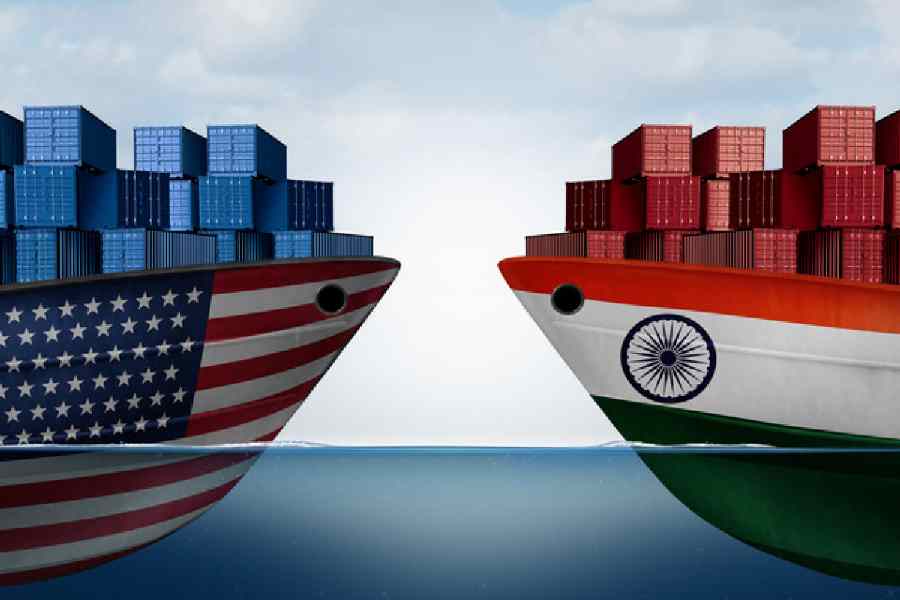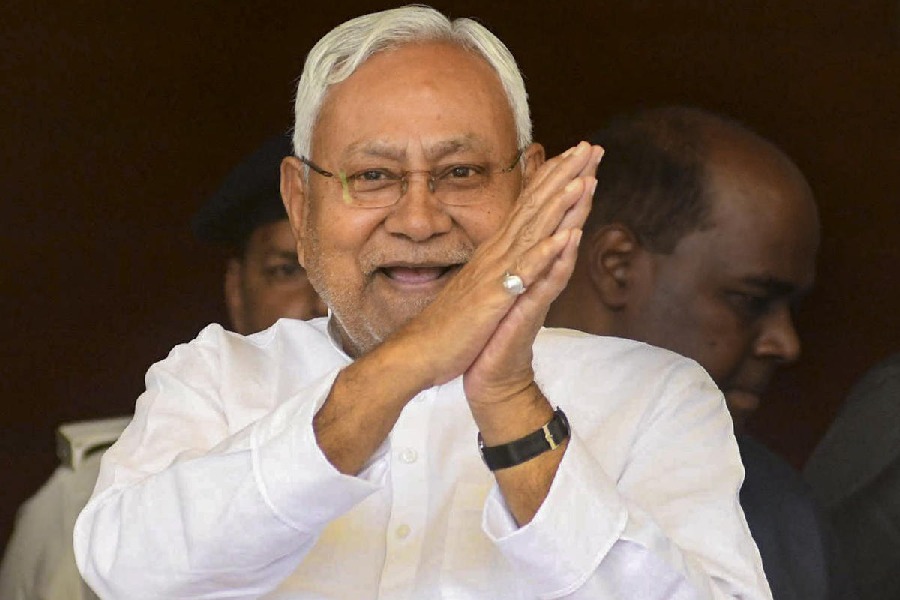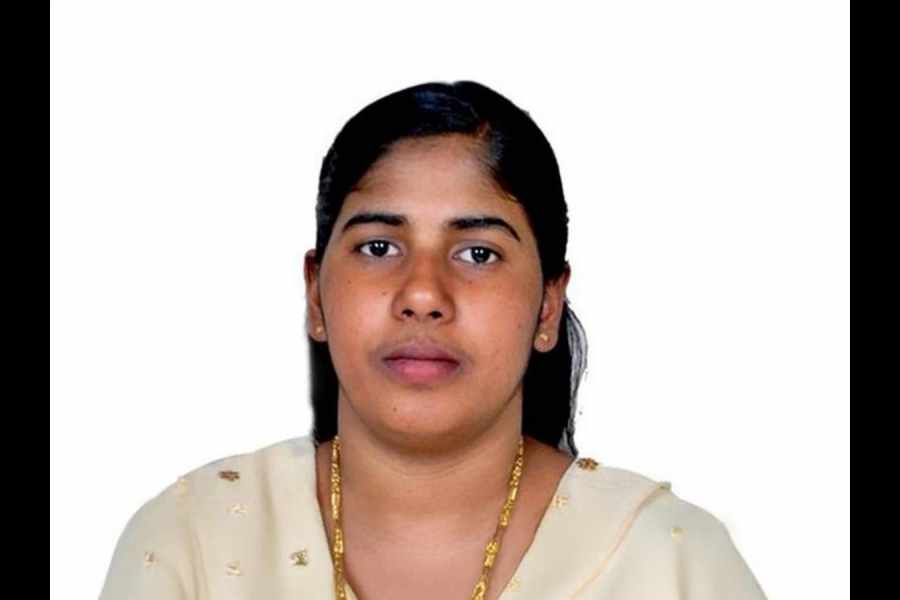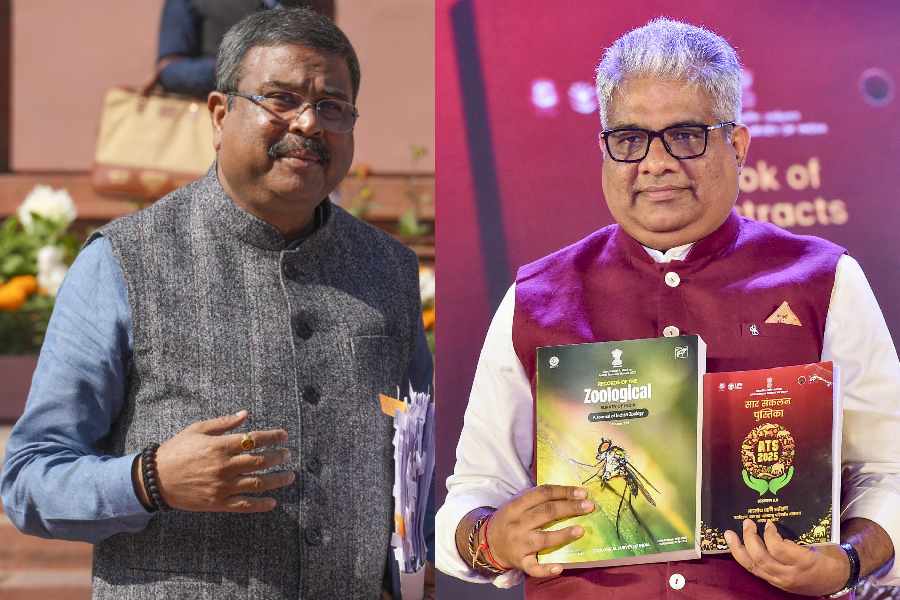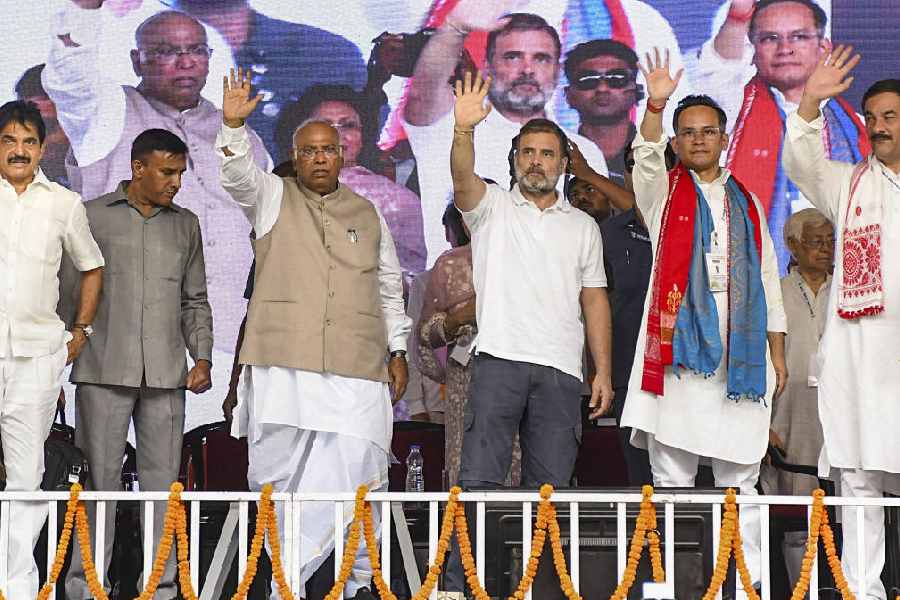
A few days before Halloween - it fell on October 31 - the social media was besieged with photographs of children dressed up not just as ghosts and goblins but also American superheroes. The images of the brood of excited, but portly, Superman, Batman and Spiderman - these three were the popular choices from the diverse pantheon - flashing victory signs at the camera caught my attention because I happen to trawl the universe of DC comics regularly in spite of approaching middle age. My interest in superheroes no longer centres on their herculean abilities or their wondrous costumes - who else would think of donning a cape along with underwear held together by a belt? What fascinates me is the fact that the ideas that these paragons are supposed to represent have remained unchanged - just like their costumes - even though the world around their creators has been transformed.
Superman is no longer battling Russian villains. (He can't: China has replaced the Soviet bogey in the American imagination.) But he persists in seeking justice the American way even after threatening to renounce US citizenship. Similarly, the Phantom - a white man revered by indigenous tribesmen resembling those in Africa - remains relevant long after the success of the post-colonial movements in the continent.
Superheroes (and a handful of heroines) are supposedly the protectors of ideals that are universal and immutable. Such as good, eventually, triumphs over evil. But such fallacious propositions alone do not make this league of justice redundant. Technology and the demands of the market have brought about changes in the iconography of comic books. So much so that even artists and illustrators at Raj Comics, the largest publisher of comic books in India, have managed to model desi heroes on their globalized counterparts. But the content often remains incongruous to contemporary, more specifically subterranean, political and cultural realities. Supermen and women are defenders of status-quo. They consolidate existing monopolies in modern society by discouraging - eliminating? - the possibility of the lines being redrawn.
Thus, superheroes are in conflict not just with villains but also with the ideas that challenge hegemony. White, heterosexual men in capes have been, on occasions, forced to seek help from pliant women with superpowers or even from allies of different ethnicities. But sidekicks are seldom known to have dominated the popular discourse. Sporadic attempts at revolutionizing the universe of saviours have met with a tepid response from readers. Some years ago, Naif al Mutawa created an all Islamic band of superheroes - it was titled The 99 - who embodied the divine tenets cited in the Quran. For his troubles - and a bit of popularity - Mutawa was demonized in the West and denounced as a heretic in parts of the Arab world.
The immortality of avengers is premised not just on the subversion of reason but also on the capitulation to the myth of an equal world. But what superheroes have done instead is hold up a mirror to the political, cultural and gender discrimination that is embedded in modernity.
As for the dream of an equal, inclusive society, it would remain unfulfilled unless the creators at DC or Marvel join hands with the likes of embattled artists like Mutawa.


